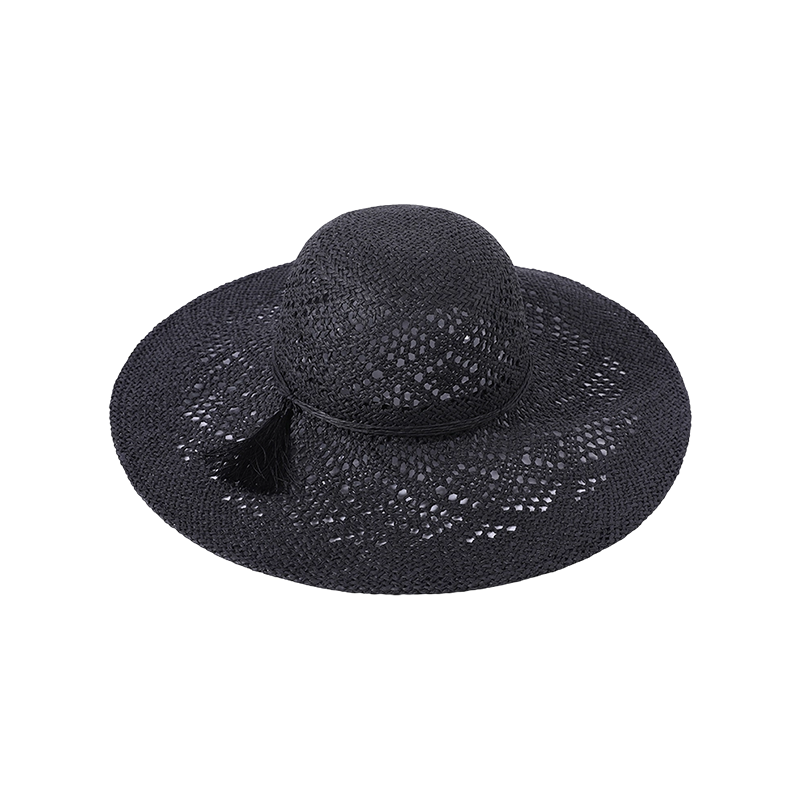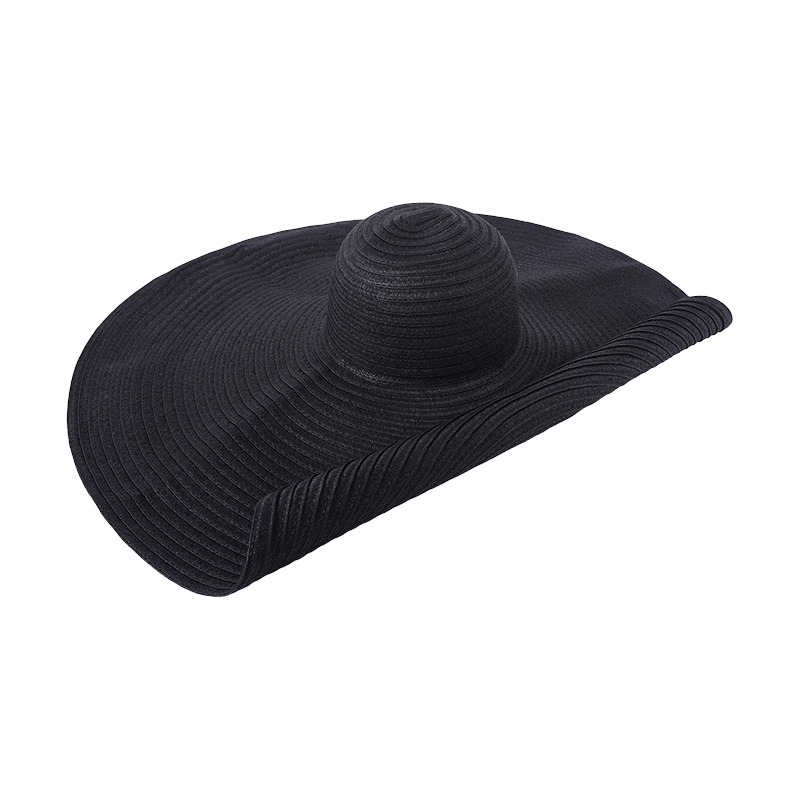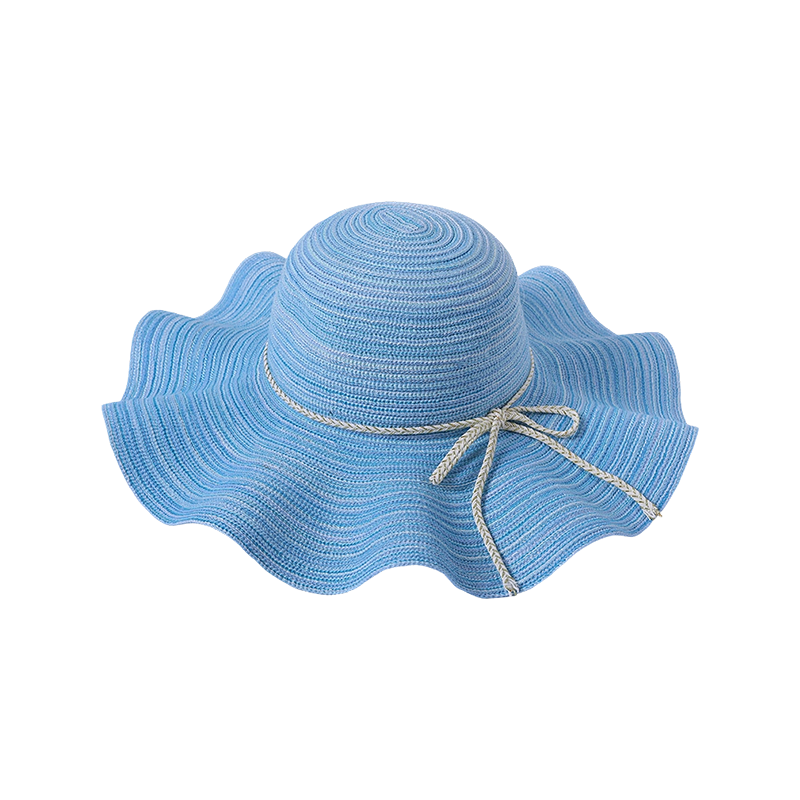Submit feedback
The Impact of International Trade Policies and Tariffs on the Woven Bag Market
 2024.09.06
2024.09.06
 Industry News
Industry News
OEM woven cooler bag factory
In the global economy, woven bags have become a staple in the packaging industry, offering a versatile and cost-effective solution for a variety of goods. However, the market for these bags is not immune to the fluctuations of international trade policies and tariffs. This comprehensive analysis delves into how these external factors shape the woven bag industry, affecting manufacturers, suppliers, and consumers alike.
Woven bags, primarily made from polypropylene, are widely used for packaging in agriculture, construction, retail, and logistics sectors. Their durability and recyclability have positioned them as a preferred alternative to single-use plastic bags. The production of woven bags is a global affair, with countries like China, India, and Vietnam being major players in the market. These nations not only supply the bags domestically but also export them to various parts of the world.
Trade policies play a significant role in determining the flow of goods across borders. For the woven bag industry, these policies can either facilitate or hinder the movement of products. Favorable trade agreements can reduce tariffs and other trade barriers, making it more cost-effective for businesses to import woven bags. Conversely, protectionist policies can increase tariffs, bring about higher costs for importers and potentially affecting the demand for these bags.
Tariffs are taxes imposed on imported goods and can significantly impact the woven bag market. An increase in tariffs can make woven bags more expensive for importers, potentially bring about a decrease in demand. This can affect the profitability of manufacturers who rely on exports, as they may need to lower their prices to remain competitive or absorb the increased costs, impacting their margins.
On the other hand, a decrease in tariffs can stimulate the market by making woven bags more affordable for importers. This can bring about an increase in demand and potentially open new markets for manufacturers. However, it can also bring about an influx of imported bags, which may put local manufacturers at a disadvantage if they cannot compete on price or quality.
China is an outstanding producer and exporter of woven bags. The country's position in the global market has been influenced by various trade policies and tariffs. For instance, the ongoing trade tensions between China and other major economies have led to fluctuations in tariffs, affecting the export of woven bags. Chinese manufacturers have had to adapt by exploring new markets, diversifying their product offerings, or investing in local production facilities in target markets to circumvent tariffs.
The European Union (EU) has been proactive in implementing policies to reduce plastic waste, which has indirectly affected the woven bag market. The EU's plastic ban has led to an increased demand for alternative packaging solutions like woven bags. However, the EU's trade policies also play a role in determining the cost and availability of imported woven bags. Tariffs on imported bags can influence the decision of European businesses to source bags locally or from other regions with more favorable trade agreements.
In the United States, trade policies have been a significant factor in the woven bag market. The country's trade relations with major woven bag producers like China have seen ups and downs, bring about fluctuations in tariffs. These changes can affect the cost of woven bags for American businesses, influencing their choice of packaging materials. Additionally, the U.S. has been promoting the use of domestically produced bags to support local industries, which can impact the market for imported woven bags.
To navigate the complexities of international trade policies and tariffs, manufacturers and importers of woven bags need to adopt strategic approaches. This can include diversifying their export markets to reduce reliance on a single market, investing in local production facilities in key markets, or exploring alternative materials that may be subject to fewer trade restrictions.
The woven bag market is expected to continue growing, driven by the increasing demand for sustainable packaging solutions. However, the industry's growth will be influenced by the evolving landscape of international trade policies and tariffs. It is crucial for stakeholders in the woven bag industry to stay informed about trade developments and adapt their strategies accordingly.
In conclusion, the woven bag market is intricately linked to international trade policies and tariffs. These factors can significantly impact the cost, availability, and demand for woven bags, shaping the strategies of manufacturers, suppliers, and consumers. As the global economy continues to evolve, so too will the woven bag market, requiring a keen understanding of the interplay between trade policies and market dynamics.


 En
En  Español
Español 中文简体
中文简体










